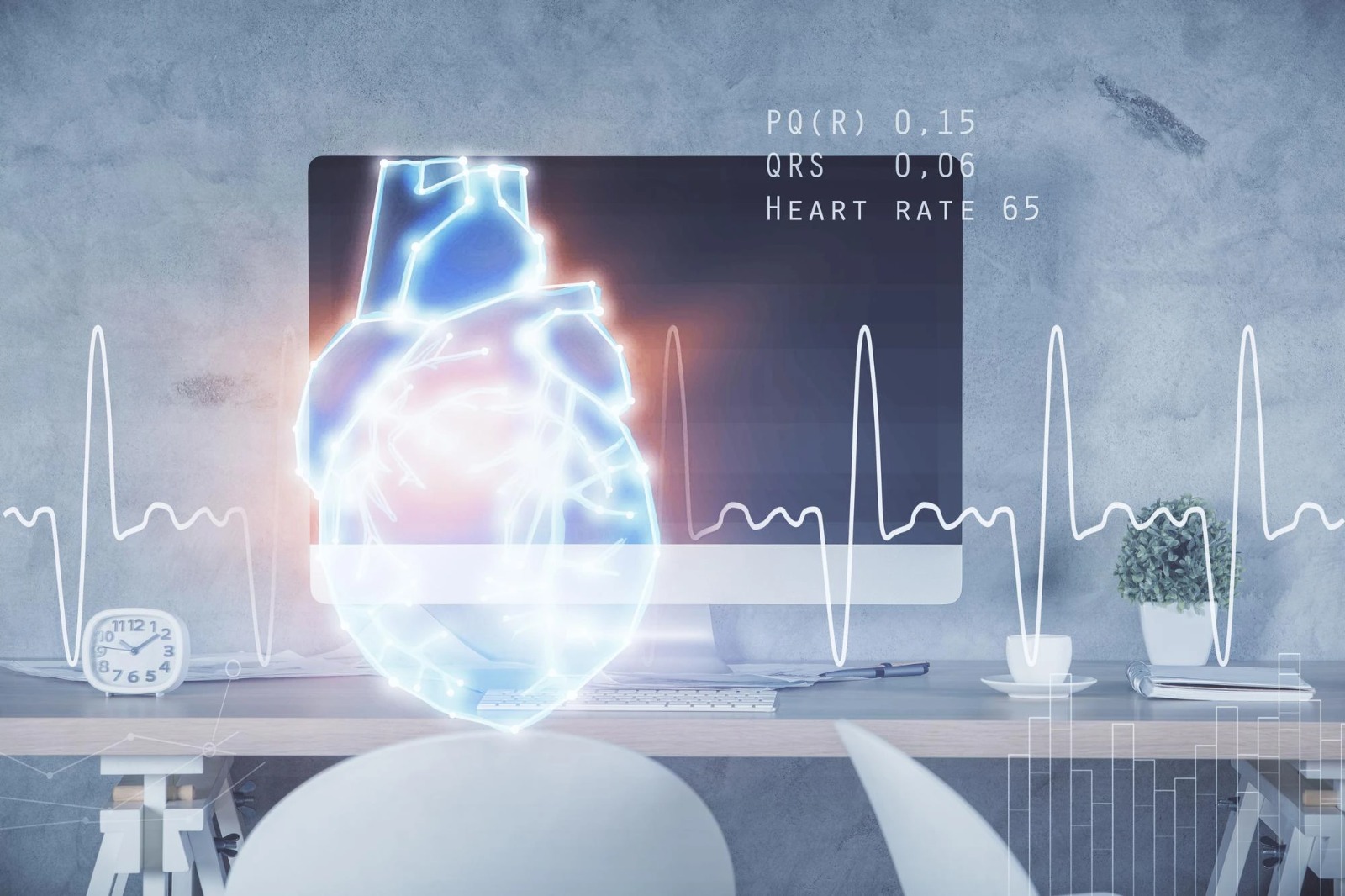Table of Contents
What is Topological Optimization?
How AI-Driven TO is Transforming Cardiovascular Devices
1. Ultra-Lightweight Stents with Enhanced Durability
2. Next-Gen Heart Valves with Superior Flow Dynamics
3. Smarter Catheter Designs for Less Invasive Procedures
Challenges and Future Outlook
Conclusion
Advancements in cardiovascular device design are moving towards lighter, more durable, and highly efficient implants, thanks to topological optimization (TO)—a computational approach that enhances structural performance while minimizing material usage. Driven by AI-powered algorithms, topological optimization is revolutionizing the way stents, heart valves, and catheters are designed, ensuring they provide optimal functionality with minimal biological impact.
With the global cardiovascular device market expected to surpass $80 billion by 2030, the demand for high-performance, patient-specific implants is higher than ever. Topological optimization offers precise control over structural properties, leading to safer and more durable devices that improve patient outcomes.
What is Topological Optimization?
Topological optimization is a mathematical method used in engineering to find the most efficient design by removing unnecessary material while maintaining or improving performance. In cardiovascular device manufacturing, this means:
- Creating lighter yet stronger stents that improve flexibility without compromising support.
- Optimizing artificial heart valves to mimic natural blood flow dynamics while reducing stress points.
- Refining catheter structures for enhanced maneuverability and reduced vascular trauma.
AI-driven TO algorithms evaluate multiple design iterations, refining material distribution and geometric configurations to achieve optimal results.
How AI-Driven TO is Transforming Cardiovascular Devices
1. Ultra-Lightweight Stents with Enhanced Durability
- Traditional metal stents are often overbuilt to withstand arterial pressure, leading to excess material use and rigidity.
- TO-driven designs ensure even stress distribution, reducing stent fractures and enhancing durability.
- Research from Nature Biomedical Engineering (2022) found that AI-optimized stents reduced restenosis risk by 30% compared to conventional designs.
2. Next-Gen Heart Valves with Superior Flow Dynamics
- Artificial heart valves require precise geometric structuring to mimic the natural motion of human valves.
- TO techniques optimize leaflet thickness, curvature, and mechanical properties to reduce wear and tear.
- A 2021 study in the Journal of Biomechanics showed that TO-designed heart valves improved hemodynamic performance by 20%, reducing turbulence and clotting risks.
3. Smarter Catheter Designs for Less Invasive Procedures
- AI-powered TO is enabling the creation of ultra-thin, reinforced catheter walls that maintain structural integrity while improving flexibility.
- This enhances navigation through complex vascular pathways, reducing procedure time and risks for patients undergoing angioplasty or thrombectomy.
- Studies have shown that optimized catheters lower insertion force by 25%, reducing vascular trauma and post-procedure complications.
Challenges and Future Outlook
Despite its promise, topological optimization in cardiovascular devices faces hurdles:
- Manufacturing Complexity – Advanced designs require high-precision 3D printing and nano-manufacturing capabilities.
- Material Constraints – Bio-compatible materials must be durable yet adaptable, balancing rigidity and flexibility.
- Regulatory Approvals – Novel designs must undergo extensive clinical validation before widespread adoption.
However, ongoing advancements in AI, machine learning, and additive manufacturing are rapidly addressing these challenges. As TO continues to evolve, patient-specific, AI-optimized cardiovascular devices will redefine minimally invasive treatments and long-term implant performance.
Conclusion
Topological optimization is a game-changer in cardiovascular device innovation, leveraging AI-driven computational modeling to create stronger, lighter, and more efficient implants. As this technology matures, the future of cardiovascular care will shift towards highly customized, optimized, and biocompatible medical devices, improving outcomes for millions of patients worldwide.

